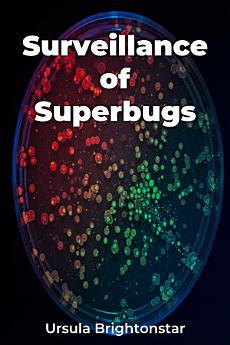Surveillance of Superbugs
About this ebook
The book explores various surveillance systems used worldwide, from traditional methods to advanced molecular diagnostics like whole-genome sequencing. It emphasizes the importance of robust, coordinated, and data-driven surveillance for effective intervention. By providing an in-depth analysis of surveillance tools and strategies, the book offers a unique perspective on how to monitor resistant bacteria and make informed decisions in public health and clinical practice.
Starting with fundamental concepts of antibiotic resistance and epidemiology, the book progresses through methods of detection, examples of surveillance programs, and finally, a vision for future integrated data systems. This approach makes complex topics accessible to scientists, healthcare professionals, and policymakers, offering practical applications for improving infection control and promoting responsible antibiotic use.








